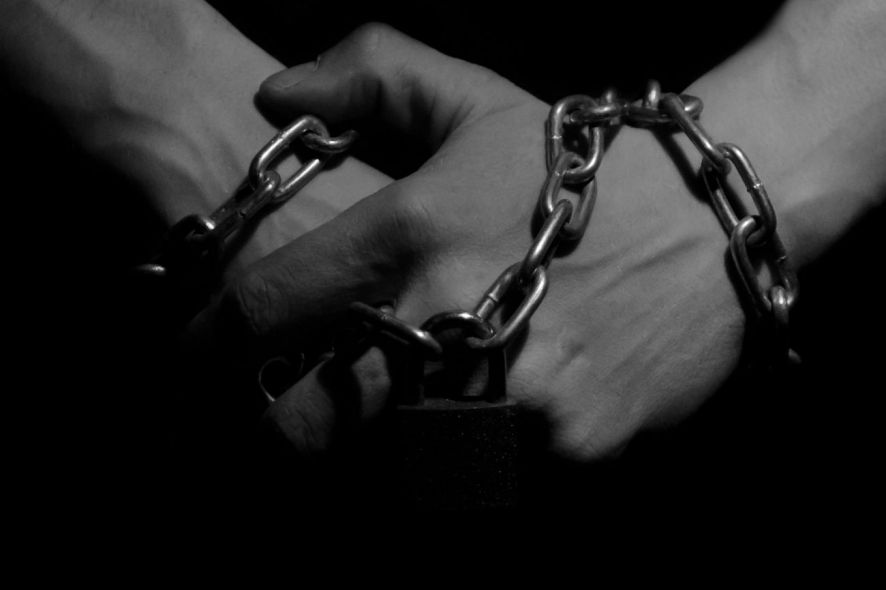Amending the IPC and CrPC: The beginning.
~Preet

The government recently began the process of amending criminal legislation such as the Indian Penal Code, the Code of Criminal Procedure, and the Indian Evidence Act. In this quest, the Ministry of Home Affairs has solicited input from a variety of stakeholders, including Governors, Chief Ministers, the Chief Justice of India, Chief Justices of several High Courts, and others. Previously, the 111th, 128th, and 146th Parliamentary Standing Committee reports urged a complete overhaul of the country's criminal justice system.
During British administration in India, criminal laws were codified, and they remain largely unchanged even in the twenty-first century. Lord Thomas Babington Macaulay is credited as being the primary architect of India's criminal law codifications. The Indian Penal Code, 1860, the Code of Criminal Procedure, 1973, and the Indian Evidence Act, 1872, among other laws, govern criminal law in India. Criminal law is seen as the most visible manifestation of a state's connection with its inhabitants.
The criminal justice system is a replica of the British colonial jurisprudence, which was designed with the purpose of ruling the nation and not serving the citizens. The purpose of the criminal justice system was to protect the rights of the innocents and punish the guilty, but nowadays the system has become a tool of harassment of common people. According to the Economic Survey 2018-19, there are over 3.5 crore cases outstanding in the legal system, particularly in district and subordinate courts, proving the adage "justice delayed is justice denied." India has one of the world's highest rates of incarceration. According to National Crime Records Bureau (NCRB)-Jail Statistics India (2015), undertrial inmates account for 67.2 percent of our overall prison population. Corruption, a heavy workload, and police accountability are important impediments to the timely and transparent execution of justice. It delivered its report in 2007, making several proposals for improvements to India's criminal justice system (CJSI). It presented its report to the CJSI in 2003. According to the Committee, the current system "weighed in favour of the guilty and did not appropriately focus on justice for crime victims." It offered many proposals for inclusion in the CJSI that were never implemented.
The cause for victimisation should be given a substantial push in modifying legislation to identify crime victims' rights. For example, the implementation of victim and witness protection programmes, the use of victim impact statements, greater victim involvement in criminal proceedings, and improved victim access to compensation and reparations. The creation of new offences and the updating of current offence classifications must be guided by criminal jurisprudence ideas that have changed dramatically during the last four decades. For example, criminal responsibility could be rated more accurately to determine the severity of sanctions. New sorts of sanctions, such as community service orders and restitution orders, as well as other components of restorative and reformative justice, might be incorporated. The categorising of offences must be done in a way that allows for future crime management. Many chapters of the IPC are overburdened in multiple locations. Offenses against public officials, disrespect of authority, public tranquillity, and trespass are all chapters that can be reinterpreted and limited. Before criminalising an act, guiding concepts must be formed after extensive debate. Unprincipled criminalization not only results in the establishment of new offences based on unscientific grounds, but it also leads to arbitrariness in the criminal justice system.
Comments
Post a Comment